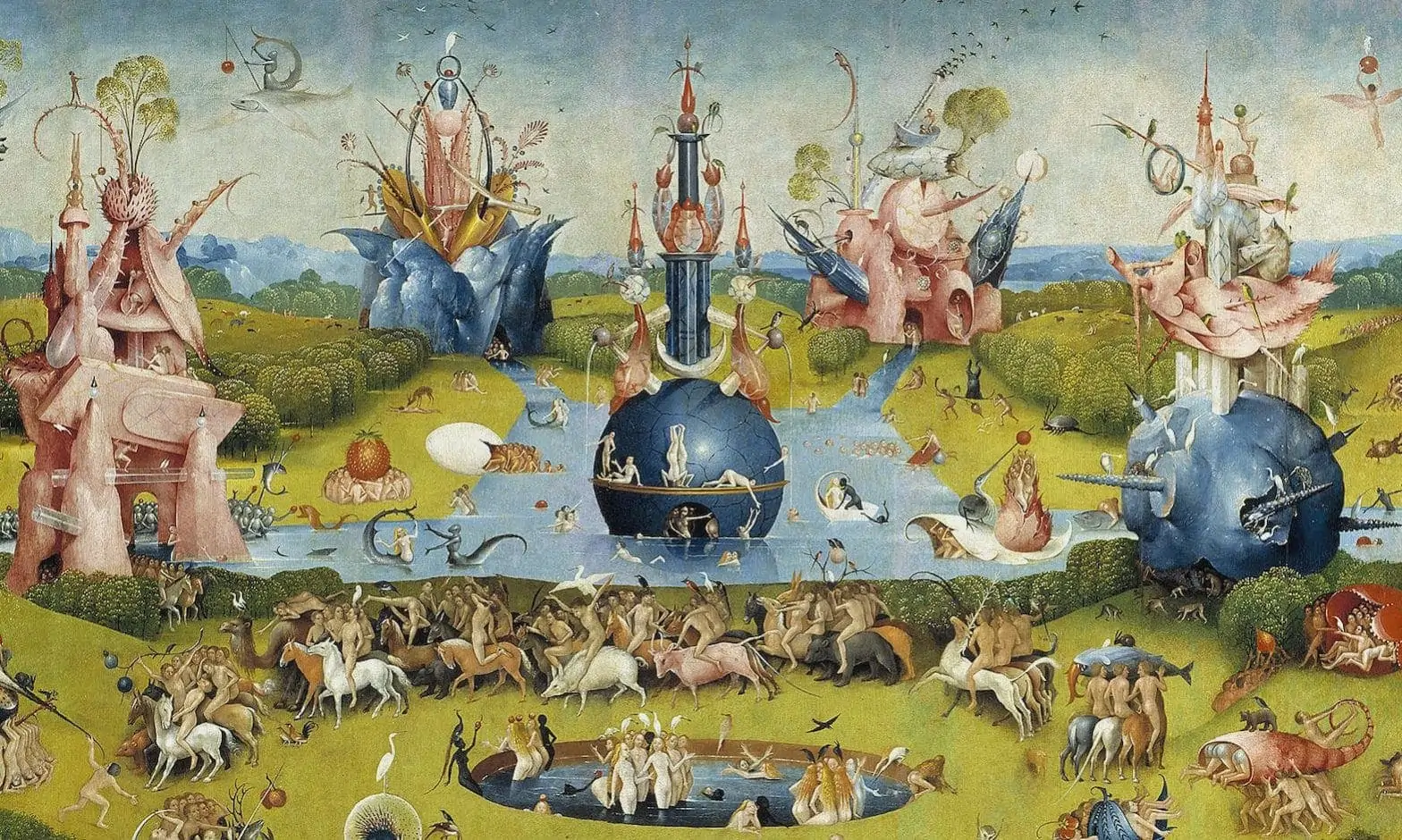The Everstatans: the citizens (including companies), the people, the Nation Everstate’s central governing bodies or political authorities: the government, Parliament, the national representatives, the civil servants constituting the formal and rational modern bureaucracy. Everstate’s regional and local governing bodies: elected representatives at town, department (or county) and region level. Everstate’s political parties: Two major parties (loosely …
Tag Archives: actors
Actors and Factors In Future Threats Analysis (3) – The Crisis in Ukraine
(photo by Andrew Butko, CC BY-SA 3.0, via Wikimedia Commons)This article focuses on a third analytical challenge at the core of the foresight and warning process, the fact that actors and “factors”, or rather variables, are often mixed together. Using the example of the unfolding crisis in Ukraine, the first article of the series explained how to map a strategic foresight and warning question, notably how to move from factors to variables and the second underlined the importance to define and name the actors relevant to the question as objectively as possible and suggested ways to do it.The “black box” actorAs we recall from the last post, during the first steps of a mapping for the future evolution of the crisis in Ukraine, both factors …
Continue reading “Actors and Factors In Future Threats Analysis (3) – The Crisis in Ukraine”
Actors Labelling and Factors In Future Threats Analysis (2) – The Crisis in Ukraine
(photo by Mstyslav Chernov/Unframe – CC BY-SA 3.0 via Wikimediacommons)This article is the second of a series that deals with the core of the foresight and warning analytical process. The first text explained the mapping process and how to move from factors to variables. Here we focus on the second challenge analysts and participants to workshops face: how to include actors relevant to the question as objectively as possible.The process we use to map an issue or a foresight and warning question seems simple enough, especially once one understands what is a variable and how to specify it, as we saw and explained in detail previously. However, when done, notably within a workshop setting, when different participants brainstorm to map …
Actors and Factors In Future Security Threats Analysis (1) – the Crisis in Ukraine
(photo by Mstyslav Chernov/Unframe – CC BY-SA 3.0 via Wikimediacommons)This series of articles deals with the core and basis of the foresight and warning analytical process, explaining it while stressing three most common challenges analysts and participants to workshops face: identifying factors correctly (this article); specifying actors objectively (2-); overcoming an inadequate mix of “actors and factors” (3-). Practical ways forward will be suggested.The example that will be used as case study throughout those three posts is the 2013-2014 crisis in Ukraine, with, as corresponding strategic foresight and warning (SF&W) question, “What are the possible futures for the Ukrainian crisis over the next two years?”Compared with our previous methodological series, these posts may seem to address more basic problems. However, …
How to Analyze Future Security Threats (3): Scenarios as an Organic Living System
This article is the third of a series looking for a methodology that would fulfill the challenging criteria demanded by our time. We shall now focus on scenarios, which are a way to simulate how the actors we defined and described during the previous step interact, not only among themselves but also with their environment, up until the end of the chosen timeframe. Using the precedent post’s game of chess analogy, with scenarios we imagine the various ways the game may “end”.Towards an Operational Methodology to Analyse Future Security Threats and Political Risk (1)Methodology to Analyse Future Security Threats (2): a Game of ChessHow to Analyse Future Security Threats (3): Scenarios as an Organic Living SystemHow to Analyse Future Security Threats (4): Scenarios and …
Continue reading “How to Analyze Future Security Threats (3): Scenarios as an Organic Living System”
Methodology to Analyze Future Security Threats (2): a Game of Chess
This article is the second of a series looking for a methodology that would fulfill the challenging criteria demanded by our time. Previously, we saw that a single “story” initially told at a general level, the political dynamics that are at the core of a polity, could be used to build the very specific model needed to answer a strategic foresight and warning (national security) question or a political risk interrogation. Very practically, how shall we do that? How are generic dynamics going to help us with our task? How can we proceed? This is what we shall see now. Related Towards an Operational Methodology to Analyze Future Security Threats and Political Risk (1) Methodology to Analyze Future Security Threats (2): a …
Continue reading “Methodology to Analyze Future Security Threats (2): a Game of Chess”






